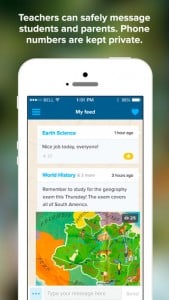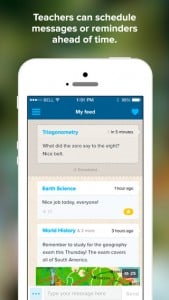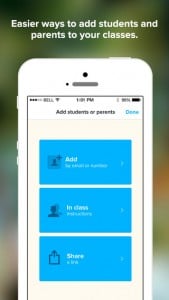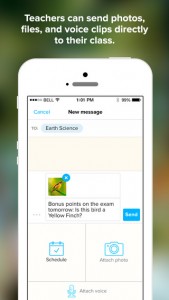Cross-posted at Education Is My Life
It took me a while to wrap my head around the idea of “Connected Educator” month. I work with school administrators and teachers all over the world. Quite simply, educators either embrace the potential of connectivity or they don’t. It’s not really about the technology any more, because there are very few folks out there that don’t have a smart phone, and therefore the ability to connect with a network at any given time. Building a personal learning network comes from a desire to be connected, or a frustration in not being connected.
So educators have this amazing potential to connect with each other and continue to learn and grow. How about the students? If connected educators really practice what they preach, they are providing connection opportunities for their students as well.
I can’t help but quote from David Price’s new book Open: How We’ll Work, Live and Learn in the Future
Going ‘open’ is a social revolution that represents a fundamental challenge to the established order of things – one that cannot be ignored. It disrupts and changes, so things can never be the same again. But, as with all revolutions, there are winners and losers. The winners are ourselves, happily connecting and collaborating through global networks of friends, colleagues and online acquaintances. We are powerfully motivated by the easy access to ideas and information, and the informality, immediacy and autonomy that it brings. The losers are our formal institutions: businesses, schools, colleges and public services that are failing to grasp the enormity of the change taking place. Price, David (2013-10-02). OPEN (Kindle Locations 58-63). Crux Publishing. Kindle Edition.
Price goes on to suggest that schools and colleges don’t have to be losers, as long as they embrace the open nature of knowledge and intrinsic human motivation to learn, while shifting away from our current industrial model of schooling to embrace learning as it was originally conceived: an act for public good, collaboratively pursued, for the betterment of all citizens. At its heart is this core principle:
No one can be ‘made’ to learn anything: for knowledge and understanding to stick, we have to have learner intent. The quality of one’s learning is directly related to our desire to learn. This is why progress made in learning socially, voluntarily, is invariably far greater than in the formal, compulsory context. Price, David (2013-10-02). OPEN (Kindle Locations 1112-1114). Crux Publishing. Kindle Edition.
So, yes, connected educators are modeling learning the way it should be done – by personally embracing their own need to grow personally and professionally. How is that translating into classroom practice? When it does, we’ll really see things change for our students.
 When I was a fledgling doctoral student, my mentor Ralph Ginsberg introduced me to the work of Seymour Papert. Reading The Children’s Machine profoundly changed my thinking about teaching and learning … his books continue to influence all of my work — whether I’m teaching children or adults, whether my focus is on teaching specific content, or coaching, or supporting groups to strategize. Constructionism always informs my purpose.
When I was a fledgling doctoral student, my mentor Ralph Ginsberg introduced me to the work of Seymour Papert. Reading The Children’s Machine profoundly changed my thinking about teaching and learning … his books continue to influence all of my work — whether I’m teaching children or adults, whether my focus is on teaching specific content, or coaching, or supporting groups to strategize. Constructionism always informs my purpose.






